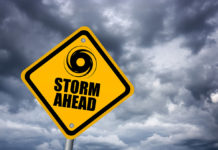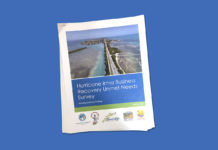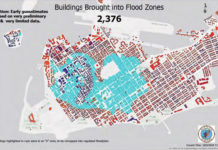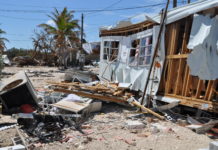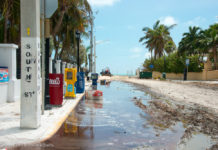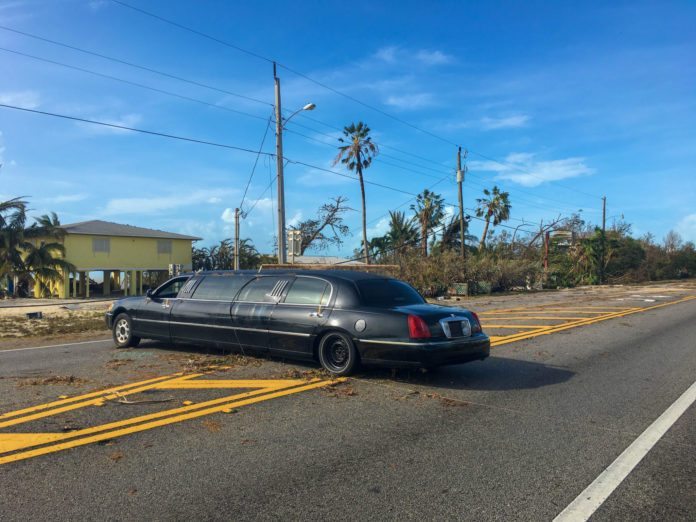
The damage to vehicles caused by a hurricane can arrive in many forms. However, there are ways to protect and even save your vehicle from total loss. Follow these five simple checks and preventive measures, and your ride may not end up in the scrap heap after all.
Prevention
Pre-planning is key in recovering flood damaged vehicles. At the start of hurricane season, snap photos of the interior/exterior/undercarriage, and under the hood while the vehicle is in good condition. Make copies of insurance documentation, vehicle registration, and warranty info. By quickening the claims making process, you can get around faster to refurbishing your vehicle or canning it and getting a new one. Insurance companies also provide their own list of tips to stop further damage, so just make sure your coverage is comprehensive enough. Want to save your car from a hurricane? Drive it out.
Rust/Corrosion
After the hurricane, residents are going to find a couple of “salt ponds” on the roadways — standing water, puddles, etc. It’s a good idea to do a quick pressure wash to the under carriage to remove the salt splashes. There is no guarantee that rust won’t start forming, though. Not only is salt corrosive, the rate at which it corrodes is increased with heat. Wash the vehicle sooner than later. Over time, signs of rust under the hood might appear as the pitting of metal or white powder.
Brakes
Along with the undercarriage of the vehicle, add the brake system to the list of components to rinse clean of salt. The brake line system of some vehicles includes segments of metal lines. Oxidation can wear down the lines and introduce air or water in the lines. Because brake lines operate as a pressurized system, the introduction of air or water due to a faulty line can cease brake operation. Rinse: brake calipers, rotors, metallic lines, metallic fittings.
Mold/Interior
So, you left it behind and it got salt-soaked by the winds? You don’t want your car smelling funky or musty, so lightly damp interior carpet should be steam cleaned and dried. If left untreated, water stains can develop quickly into mold. Odors can also develop in the trunk and are only made worse when running the air conditioning or heat. Mildew and subsequent bacteria can begin to develop. Roll windows down. Spray Lysol antibacterial spray near the exterior air vents near the windshield and dashboard. With the AC on, spray 20-30 second bursts every minute for 10 minutes. Run AC for 10 more minutes with windows down.
Electrical
Electrical components are the most susceptible to water damage in vehicles. Saltwater damage is almost always a death knell for most electrical parts, be it quickly or over a period of time. A good rule of thumb: if the vehicle was submerged, it’s probably done. Driving a flooded vehicle can create all sorts of safety issues. The electronic parts affected will fail over time, even if they are initially operational. With vehicle off, check: wiring harness, control units/modules, sensors, battery connections, and charging system for signs of water damage.












